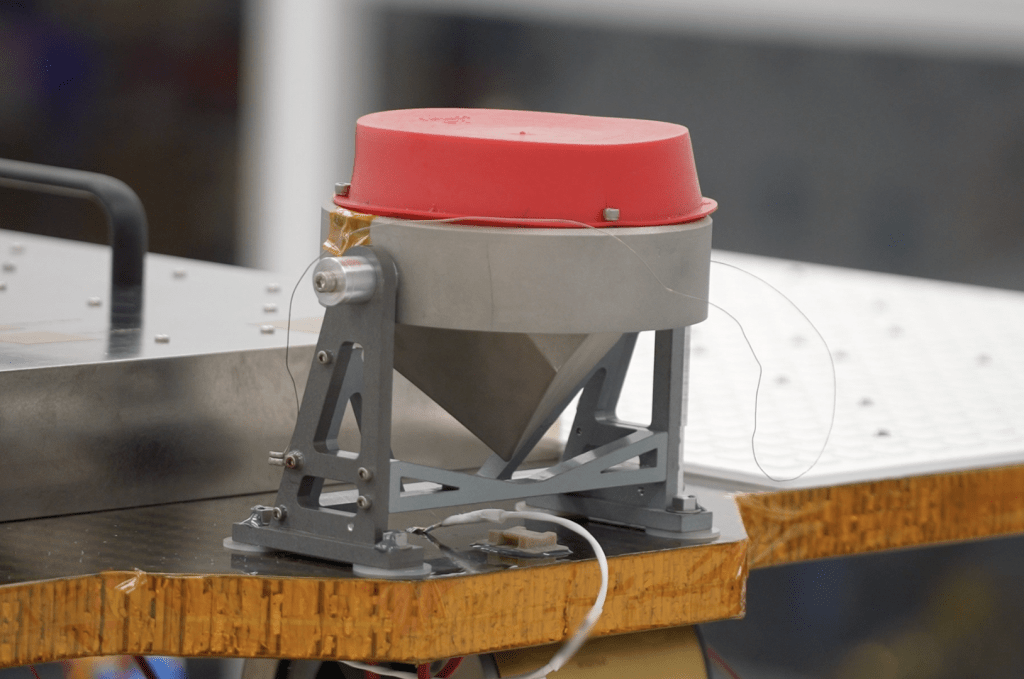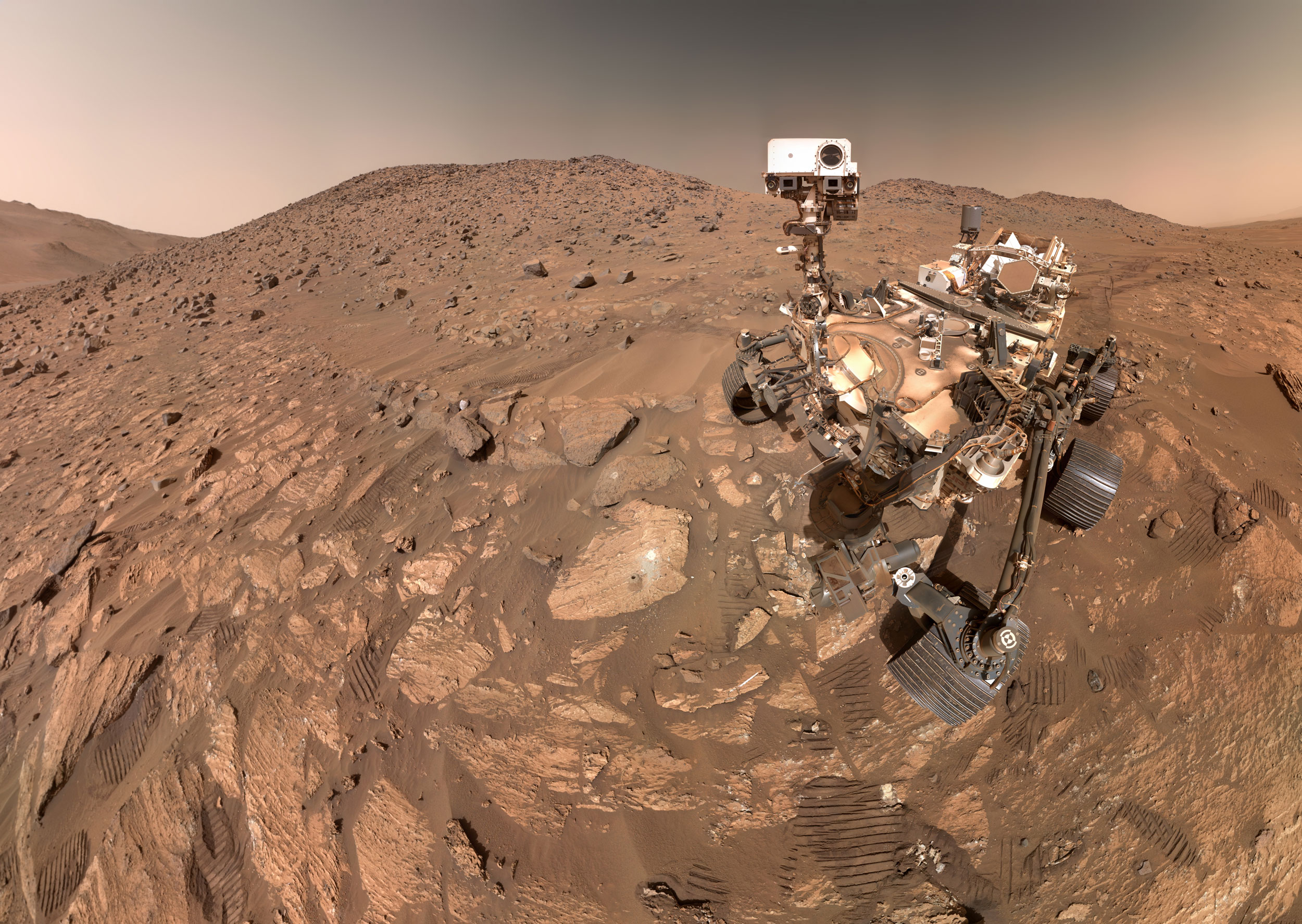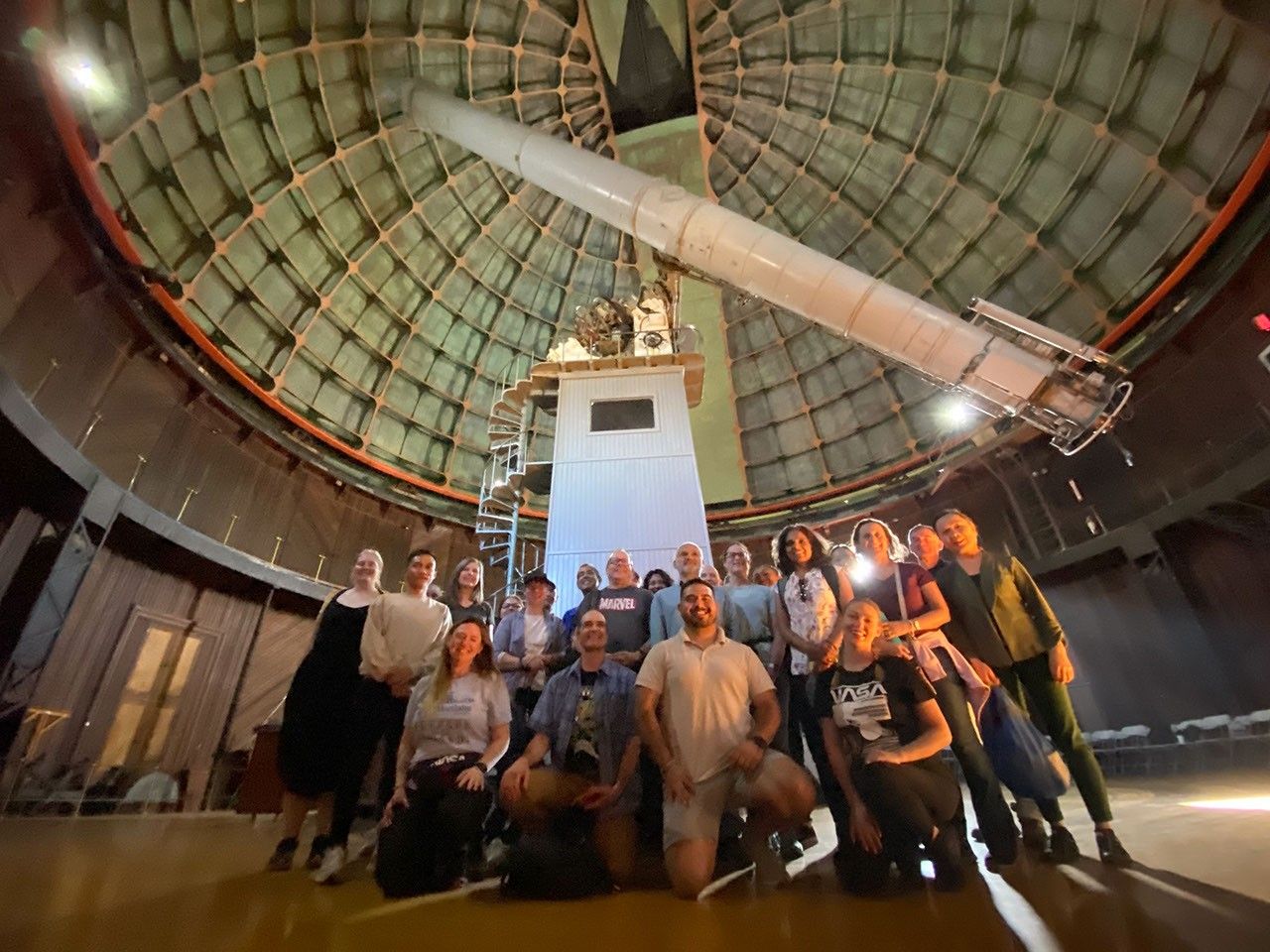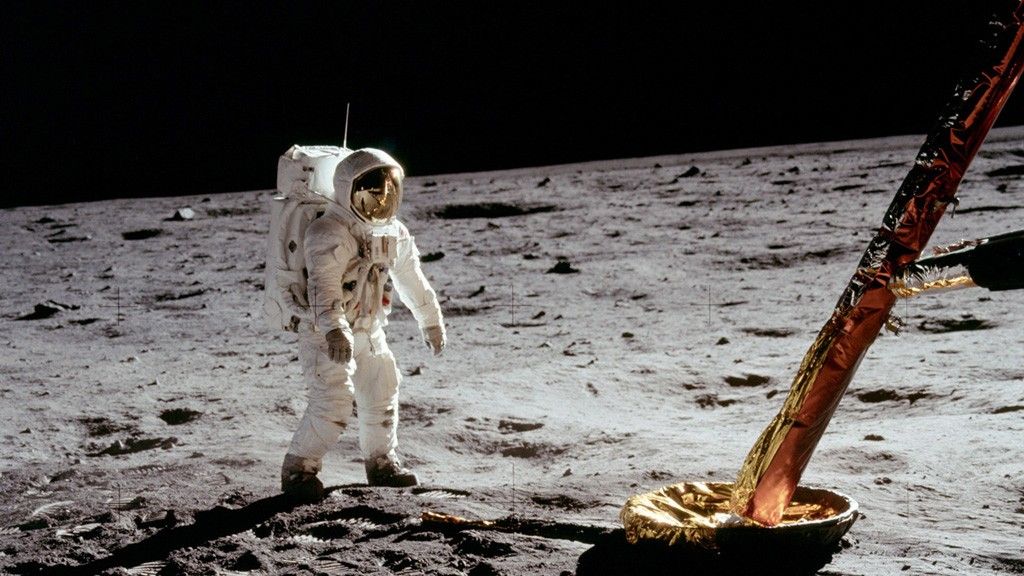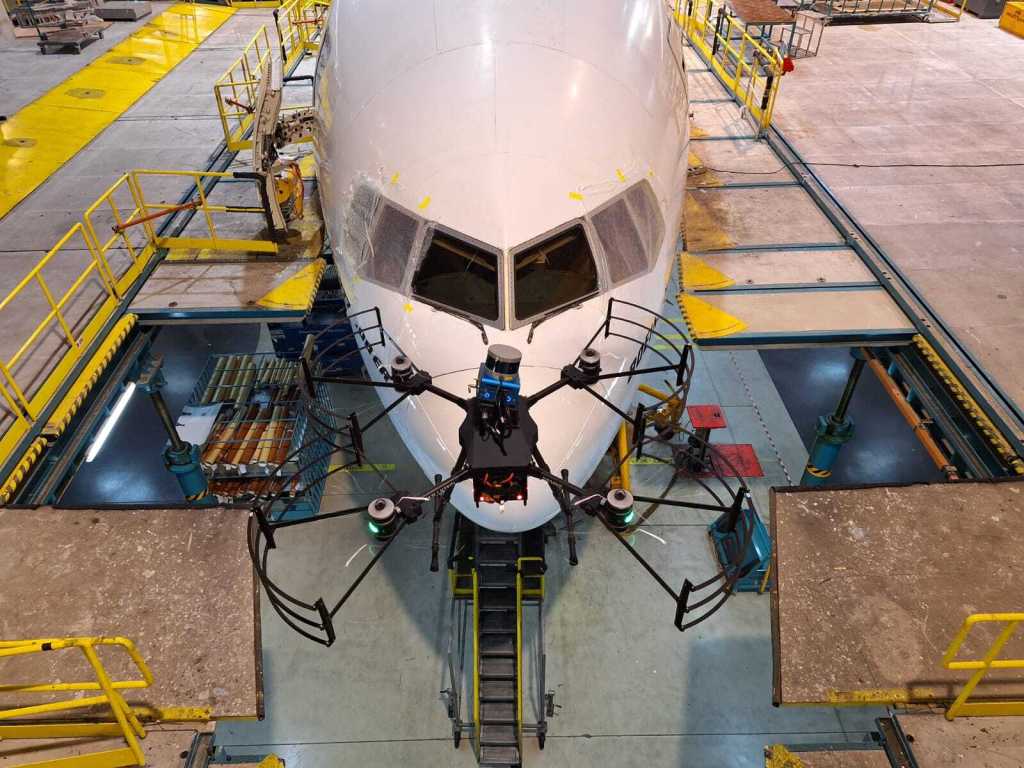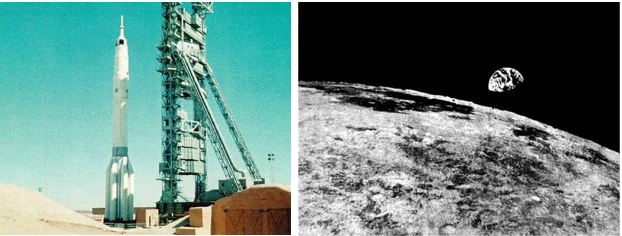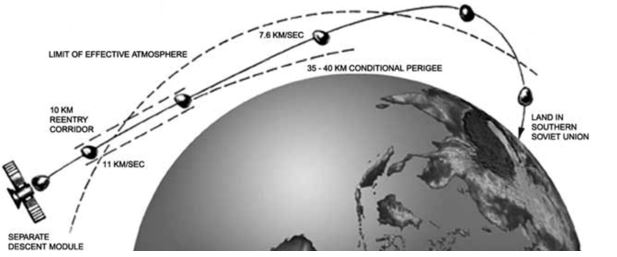In the race to fly humans to the Moon in the 1960’s, the Soviet Union supported two separate programs. One program was based on using the N1 Moon rocket and planned to land a single cosmonaut on the Moon. The other, the L1 or Zond program, planned to send two cosmonauts on circumlunar missions without a Moon landing. Test flights of the Zond system may have influenced NASA’s decision to send Apollo 8 to orbit the Moon in December 1968, bringing the first human lunar landing one step closer.
The Zond essentially was a Soyuz spacecraft with the orbital module removed to save weight, replaced with a high-gain antenna and navigation instruments to enable lunar missions. Although it used the greater lift capability of the Proton rocket with a new upper stage to send the spacecraft and two cosmonauts on a free-return circumlunar trajectory, that capability was not enough to place the Zond into lunar orbit. In September 1968, Zond 5 completed the first ever circumlunar mission, ending with a splashdown in the Indian Ocean. It carried a biological payload of tortoises and other small animals that apparently survived the journey with no ill effects.
Zond 6 launched successfully on Nov. 10, 1968, from the Baikonur Cosmodrome in Kazakhstan, and after a short time in a low Earth parking orbit, the Proton rocket’s upper stage ignited for a second time to send the spacecraft toward the Moon. The spacecraft carried a biological payload, probably similar to the one aboard its predecessor Zond 5. After a three-day journey that included a mid-course correction to refine its trajectory, Zond 6 passed 1,500 miles (2,420 kilometers) above the Moon’s far side. The spacecraft took photographs of both the Earth and the Moon’s near and far sides during the fly around. As it neared the Earth, however, trouble began when the capsule developed a leak from a faulty hatch seal and began to lose atmospheric pressure. The partial depressurization caused the loss of the biological payload.
For its return to Earth on Nov. 17, Zond 6 used a novel skip reentry technique. After performing an initial entry into the Earth’s atmosphere, the spacecraft used aerodynamic lift to skip back into space before making a final entry. This technique allowed for a soft landing in Soviet territory without imparting excessive g-loads on the spacecraft and any crew that would have been on board. However, with the continuing loss of pressure inside the reentry capsule, a buildup of static electricity created a coronal discharge that triggered the spacecraft’s soft landing rockets and cut the parachute lines while it was still descending through 5,300 meters altitude. Although the capsule hit the ground at a high velocity, rescue forces were able to recover the film containers. The Soviets at the time did not reveal either the depressurization or the crash but claimed the flight was a successful circumlunar mission.
Because the apparently successful flight of Zond 6 occurred just seven weeks after Zond 5 and two weeks after the flight of cosmonaut Georgi T. Beregovoy aboard Soyuz 3, U.S. officials became concerned that the Soviets were preparing to place cosmonauts aboard the next Zond and complete the first crewed circumlunar mission. It is likely that top NASA managers considered this information in their decision to send Apollo 8 on its mission to orbit the Moon in December 1968, bringing the lunar landing one step closer.


